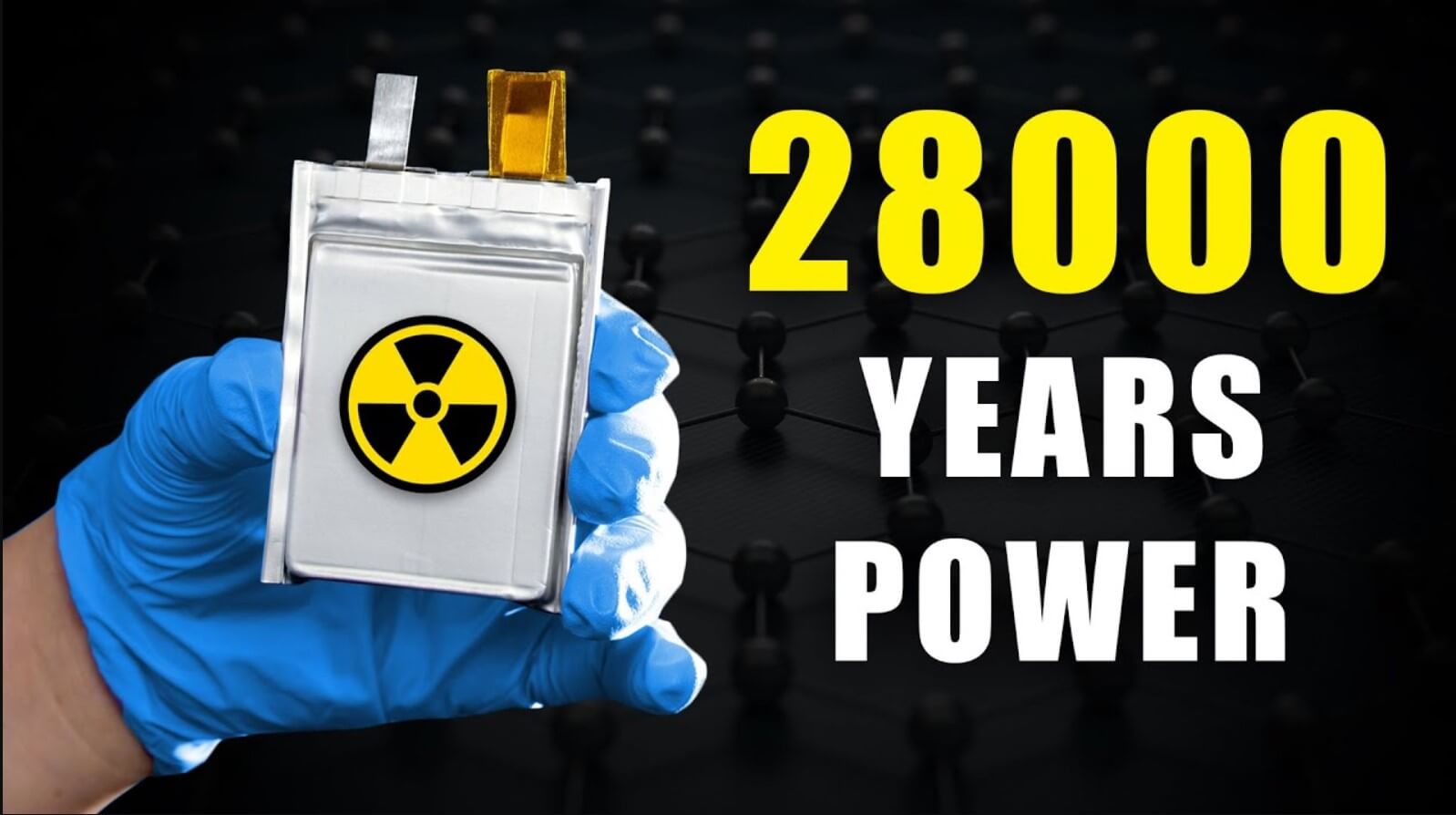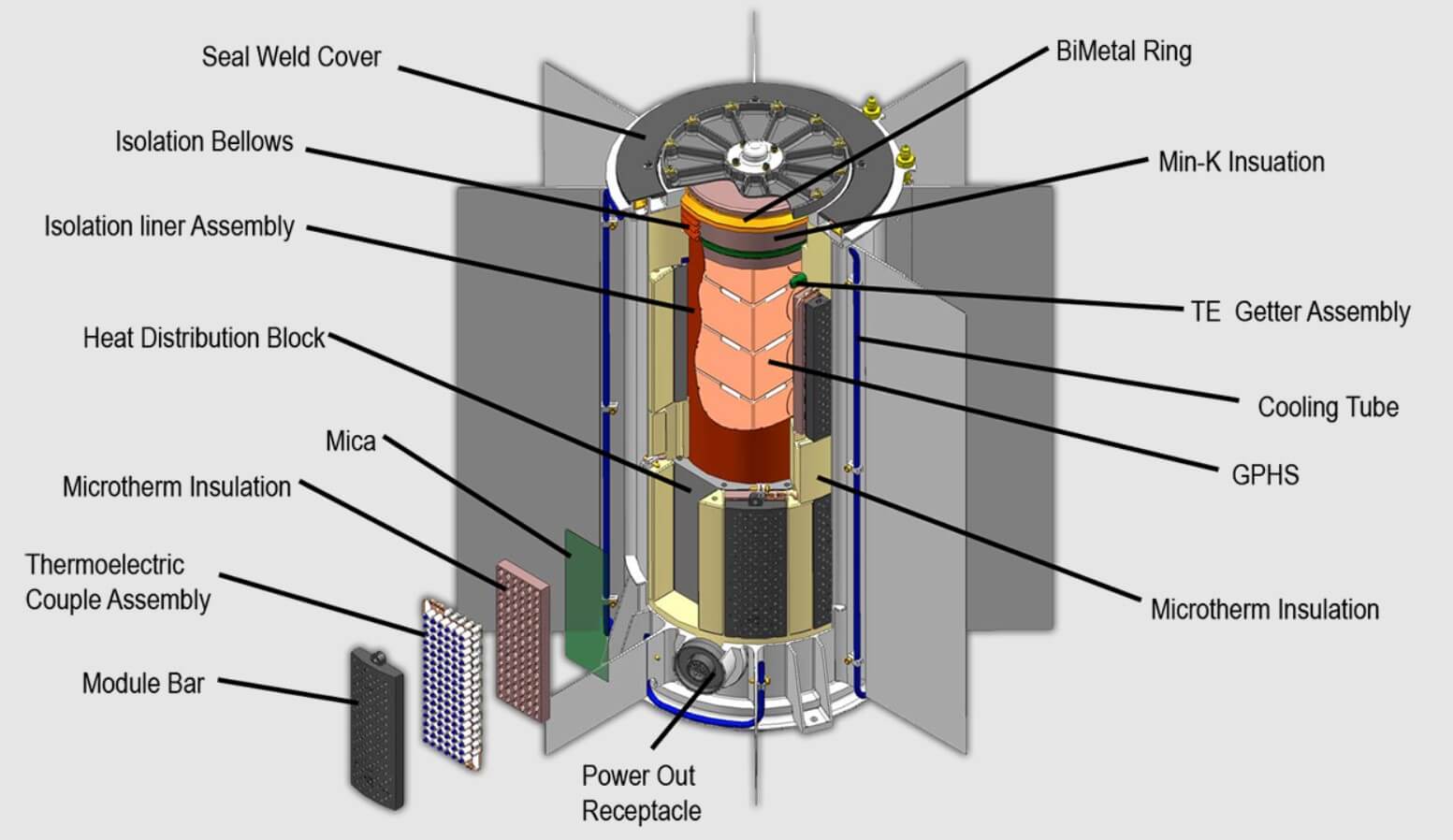How Does a Nuclear Battery Work?

In an era where energy efficiency and longevity are paramount, nuclear batteries have emerged as a revolutionary technology. These batteries, which harness the power of radioactive decay, offer unparalleled longevity and reliability, making them suitable for a wide range of applications. This article delves into the intricate workings of nuclear batteries, exploring their principles, advantages, and future potential.
Understanding the Basics of Nuclear Batteries
What is a Nuclear Battery? A nuclear battery, also known as a radioisotope thermoelectric generator (RTG) or betavoltaic cell, is a device that converts the energy released by radioactive decay into electrical power. Unlike conventional batteries that rely on chemical reactions, nuclear batteries utilize the energy from the decay of radioactive isotopes.
Types of Nuclear Batteries Nuclear batteries can be broadly classified into two types:
- Thermoelectric Generators (RTGs): Convert heat generated by radioactive decay into electricity using thermocouples.
- Betavoltaic Cells: Directly convert beta particle emissions from radioactive decay into electric current.
The Science Behind Nuclear Batteries

Radioactive Decay Radioactive decay is the process by which an unstable atomic nucleus loses energy by emitting radiation. This can occur in several forms, including alpha, beta, and gamma decay. Nuclear batteries primarily use beta decay due to its manageable radiation and efficient energy conversion.
Thermoelectric Effect The thermoelectric effect involves converting temperature differences directly into electric voltage. In RTGs, the heat generated from radioactive decay creates a temperature gradient across thermocouples, which then produce electricity.
Betavoltaic Effect Betavoltaic cells operate similarly to photovoltaic cells, but instead of sunlight, they use beta particles emitted from radioactive decay to generate an electric current. These cells are designed to capture and convert the kinetic energy of beta particles into electricity.
Components of a Nuclear Battery
Radioactive Isotope The core component of a nuclear battery is the radioactive isotope. Common isotopes used include Plutonium-238, Strontium-90, and Tritium. These isotopes are selected based on their half-life, energy output, and safety considerations.
Thermocouples In RTGs, thermocouples are used to convert heat into electricity. These are made of two different types of conductors that produce a voltage when subjected to a temperature difference.
Semiconductor Material Betavoltaic cells use semiconductor materials to capture beta particles and convert their kinetic energy into electrical current. Silicon carbide is a common choice due to its durability and efficiency.
Shielding and Containment Safety is a critical concern in nuclear batteries. Shielding materials, such as lead or other dense metals, are used to contain radiation and protect users from exposure.
Working Principle of a Nuclear Battery
Energy Generation in RTGs
- Decay Heat: The radioactive isotope undergoes decay, releasing heat.
- Heat Transfer: The heat is transferred to thermocouples.
- Electricity Production: The temperature difference across the thermocouples generates an electric voltage, producing electricity.
Energy Generation in Betavoltaic Cells
- Beta Decay: The radioactive isotope emits beta particles.
- Particle Interaction: Beta particles collide with the semiconductor material, creating electron-hole pairs.
- Current Generation: The movement of electrons generates an electric current.
Advantages of Nuclear Batteries
Long Lifespan Nuclear batteries can last for decades, far exceeding the lifespan of conventional batteries. This makes them ideal for applications where long-term power is essential.
High Energy Density The energy density of nuclear batteries is significantly higher than that of chemical batteries, allowing them to deliver consistent power over long periods.
Reliability Nuclear batteries are highly reliable, with minimal maintenance requirements. Their consistent power output makes them suitable for critical applications.
Compact Size Due to their high energy density, nuclear batteries can be made compact, saving space and reducing the weight of devices.
Applications of Nuclear Batteries
Space Exploration Nuclear batteries are widely used in space missions to power spacecraft, rovers, and satellites. Their long lifespan and reliability make them indispensable for missions to remote locations like Mars and the outer planets.
Medical Devices Implantable medical devices, such as pacemakers, benefit from the long-lasting power of nuclear batteries, reducing the need for frequent replacements.
Remote Sensors Inaccessible or harsh environments, such as deep-sea sensors or remote weather stations, rely on nuclear batteries for continuous power.
Military and Defense Nuclear batteries power remote surveillance systems, unmanned vehicles, and other critical military equipment that require reliable, long-term energy sources.
Challenges and Safety Concerns
Radiation Exposure While nuclear batteries are designed with shielding to contain radiation, there is always a risk of exposure. Proper handling and disposal are crucial to ensure safety.
Public Perception The use of radioactive materials in batteries can cause public concern. Transparent communication about safety measures and benefits is essential to gain public trust.
Regulatory Hurdles Strict regulations govern the use of radioactive materials. Compliance with these regulations can be challenging and may limit the widespread adoption of nuclear batteries.
Future of Nuclear Batteries
Advancements in Materials Research is ongoing to find more efficient and safer materials for nuclear batteries. Advances in semiconductor technology and new isotopes could enhance performance and safety.
Integration with Renewable Energy Nuclear batteries could complement renewable energy sources, providing consistent power during periods when solar or wind energy is unavailable.
Miniaturization As technology advances, the miniaturization of nuclear batteries could lead to new applications in wearable technology and small electronic devices.
Increased Safety Measures Ongoing research aims to improve the safety of nuclear batteries, reducing radiation risks and enhancing public acceptance.
FAQs
What is the primary use of nuclear batteries?
Nuclear batteries are primarily used in applications requiring long-term, reliable power sources, such as space exploration, medical devices, and remote sensors.
How long do nuclear batteries last?
Depending on the radioactive isotope used, nuclear batteries can last from several years to several decades.
Are nuclear batteries safe to use?
Yes, nuclear batteries are designed with extensive shielding to contain radiation. Proper handling and disposal are essential to ensure safety.
What are the environmental impacts of nuclear batteries?
Nuclear batteries produce minimal waste compared to other power sources. However, the disposal of radioactive materials must be managed carefully to avoid environmental contamination.
Can nuclear batteries be used in everyday electronics?
While theoretically possible, the use of nuclear batteries in everyday electronics is limited by safety concerns and regulatory restrictions.
What are the main challenges in the development of nuclear batteries?
The main challenges include managing radiation exposure, public perception, regulatory compliance, and the development of more efficient materials.
Conclusion
Nuclear batteries represent a remarkable fusion of advanced science and practical engineering, offering a powerful solution for applications requiring long-lasting, reliable power. With ongoing advancements in materials and safety, the potential for nuclear batteries continues to grow, promising to play a significant role in future technological innovations. Whether powering distant space missions or life-saving medical devices, nuclear batteries stand as a testament to human ingenuity in harnessing the power of the atom for the greater good.





